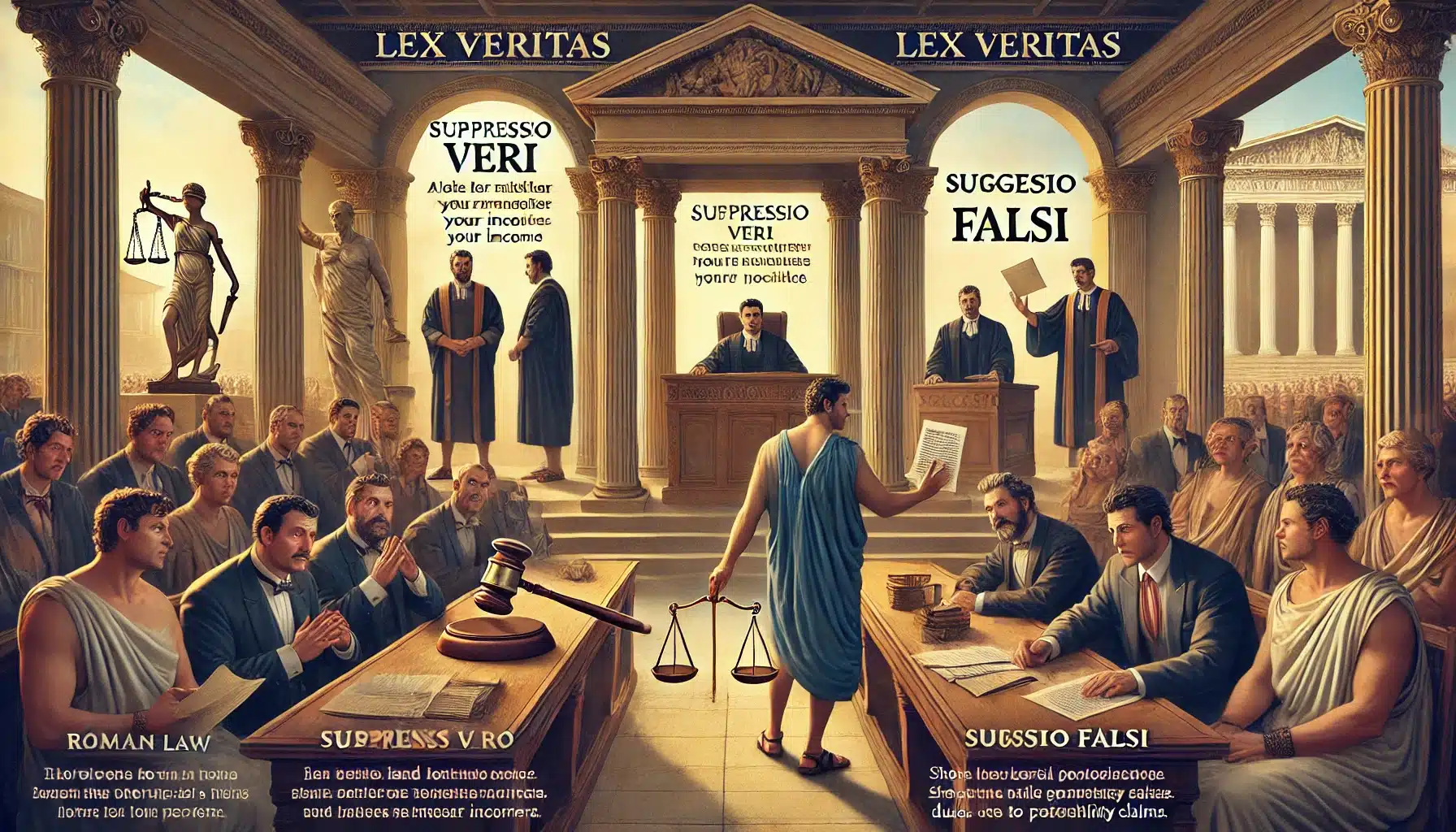Sep 23, 2024 05:44 UTC
| Updated:
Sep 23, 2024 at 05:44 UTC
Concept of Possession
Introduction
Possession refers to the most direct and significant relationship between a person and an object they hold. This concept extends beyond mere physical control. For example, if a person named A is holding an article in their hand, A is considered to be in possession of that article. The individual who has this control is termed the ‘Possessor.’
The notion of possession is critical in both legal contexts and everyday life. The ability to control and utilize material items is essential for human activities and consumption. Without possession, interacting with and making use of material goods would be impossible. This fundamental concept underscores how integral possession is to practical life and legal frameworks, as it encompasses not only physical control but also the recognition of ownership and rights associated with an item. Thus, understanding possession involves acknowledging its role in facilitating human interaction with material things and its broader implications in legal and everyday contexts.
Meaning
Possession refers to the ownership, control, or occupancy of an item, commonly land or personal property. It involves not only the physical control of the object but also the intention to exercise that control. The individual who holds such control is termed the ‘Possessor.’
The concept of possession is crucial in everyday life and legal contexts. As noted by the U.S. Supreme Court, “there is no word more ambiguous in its meaning than possession,” highlighting its varied interpretations.[1]
The term’s meaning can change based on context and usage. This variability often leads to disputes in both civil cases such as whether a tenant is entitled to an apartment’s possession and criminal cases such as determining if a suspect is in possession of stolen goods or illegal substances. Therefore, understanding possession is fundamental due to its significant implications in legal disputes and practical matters.
Definitions
1. John Salmond
Salmond defines Possession as, “possession is the continuing exercise of a claim to the Exclusive use of an object.”[2]
Salmond’s definition underscores possession as an active and ongoing process rather than a static state. It involves not just having physical control over an object but also the continuous assertion of a claim to its exclusive use. This means that possession entails both the physical control and the legal or social acknowledgment of one’s right to use or exclude others from using the object. The emphasis on “continuing exercise” highlights that possession is dynamic and requires a sustained effort to maintain one’s claim over the object.
2. Savigny
Savigny defines Possession as, “intention coupled with physical power to exclude others from the use of material objects.”
According to Savigny possession is characterized by two key elements:
- the intention to claim exclusive rights to an object
- the actual physical ability to enforce that claim.
Savigny emphasizes that possession involves both a mental component, the deliberate desire to control and exclude and a physical component, the tangible capability to maintain that control. This definition highlights that possession is not merely about having an object but also about the purposeful and effective exclusion of others from accessing or using it.
Salmond criticized Savigny’s definition of possession, arguing that Savigny erred by including physical power as a necessary component. Salmond contended that possession should be defined primarily by the ongoing exercise of a claim to exclusive use, rather than by the physical power to exclude others.
3. O.W. Holmes
Holmes defines Possession as, “To gain Possession a man must stand in a certain physical relation to the object and to the rest of the world, and must have certain intent.”
4. Maine
Maine defines the possession as, “physical detention coupled with the intention to hold the things detained as one’s own.”
Maine emphasizes two fundamental aspects:
- the actual physical control or detention of the object
- the mental intention to claim ownership or control over it
Maine’s perspective underscores that possession involves not just having physical access to an object but also a deliberate mental state of treating it as one’s own property. Thus, possession is constituted by both the tangible act of holding the object and the subjective intent to assert control over it.
5. Frederick Pollock
Sir Frederick Pollock defines Possession as, “In common speech a man is said to possess to be in possession of anything of which he has the apparent control from the use of which he has apparent power for excluding others.”
Pollock’s definition highlights that possession is often understood in practical terms: it is not only about having actual control over an object but also about the perceived ability to manage and restrict access to it. This means that possession involves both the tangible exercise of control and the visible or apparent capability to assert that control, creating an outward impression of ownership and exclusivity.
6. Ihering
Ihering defines possession as “whenever a person looked like an owner in relation to a thing, he had possession of it unless Possession was denied to him by rules of law based on practical convenience.”
This definition emphasizes the outward appearance of ownership as a crucial element of possession, acknowledging that possession is not just about physical control but also about the perception of ownership.
In legal contexts, possession is complex and lacks a precise definition. It encompasses both factual and legal dimensions. Generally, possession can be understood as the physical control or custody of an object combined with a clear intention to own or control it. This dual aspect of physical control and intention helps to bridge the gap between practical and legal interpretations of possession.
Possession: Fact and Law
Possession can be categorized into two forms
- possession in fact – Possession in Fact refers to the actual or physical control of an object, representing a tangible relationship with the item.
- possession in law – Possession in Law signifies possession as recognized and protected by legal principles.
While possession in fact and in law typically coexist in the same individual, there can be instances of divergence. For example, a servant may physically hold an object, but legally the master is considered the possessor. Conversely, in cases of constructive possession, a person may have legal possession without actual physical control, such as a landlord retaining constructive possession over a property occupied by a tenant.
The key element common to both forms of possession is the ability to exclude others from using or controlling the object. As noted by Keeton, legal and factual possession may not always coincide, though they frequently do. Roman law further distinguished between possessio naturalis (factual possession) and possessio civilis (legal possession). Given the complexities and historical developments in legal systems, achieving perfect harmony between legal theories and the detailed rules of possession is unattainable, as laws often evolve with pragmatic considerations that deviate from strict logic.
Transfer of Possession
There are three primary modes of acquiring possession:
1. By Taking
Possession can be acquired without the consent of the previous owner, whether rightfully or wrongfully. For instance, as Keeton notes, if an innkeeper seizes a guest’s goods due to unpaid bills, this is an example of rightful taking. Conversely, a thief who steals something acquires possession through wrongful taking. The object need not always be in someone else’s possession; it could also be unclaimed property, such as a wild animal or bird.
2. By Delivery
Possession is acquired with the consent of the previous owner, either through Actual Delivery or Constructive Delivery.
In actual delivery, there is a physical transfer of possession from one person to another. This can involve either lending an item, where the owner retains mediate possession, or selling it, where the owner relinquishes all possession.
Constructive delivery, on the other hand, occurs without a direct physical transfer and takes three forms:
- Traditio Brevi Manu: The person already in immediate possession of an object acquires legal possession. For example, when a hirer purchases the item they are renting, they already hold the physical possession and only need to acquire legal title.
- Constitutum Possessorium: Immediate possession remains with the transferor, while legal possession is transferred to the transferee. For instance, if someone buys a scooter but leaves it with the seller for the same purpose, the seller retains immediate possession while legal possession shifts to the buyer.
- Attornment: This occurs when mediate possession is transferred while the object is in the possession of a third party. For example, if someone sells goods stored in another’s warehouse, the third party agrees to hold the goods on behalf of the buyer.
3. Operation of Law
Possession can also be transferred by operation of law, where possession changes hands due to legal processes. For instance, when a person dies, their property is automatically transferred to their successors and legal representatives as mandated by law.
Kind of Possessions
Following are the important types of possession:
1. Corporeal Possession
Objects that have a physical or material existence and can be perceived by our senses are considered corporeal possessions. This refers to the continuous exercise of a claim over the use of tangible items, such as a house, car, bicycle, or pen.
2. Incorporeal Possession
Objects that lack physical or material form and cannot be perceived by our senses are known as incorporeal objects. This involves the ongoing exercise of a claim over the use of intangible items, such as trademarks, goodwill, patents, or copyrights.
3. Mediate Possession
Mediate possession occurs when someone holds possession of an object through an intermediary, such as an agent, friend, or servant, and is also known as indirect possession. For example, when a landlord rents out a house to a tenant, the landlord retains mediate possession of the house through the tenant, who is obligated to return the property whenever the landlord decides.
4. Immediate Possession
When the possessor personally holds the property, it is referred to as immediate or direct possession. For instance, if I purchase a pen from a shop and keep it for myself, the pen is in my immediate possession.
5. Constructive Possession
Constructive possession refers to having authority over an object without physically possessing or controlling it. In other words, constructive possession is recognized by law rather than actual physical possession. For instance, when my car driver hands me the car key, the driver had constructive possession of the car until the key was delivered to me.
6. Adverse Possession
Adverse possession refers to the occupation of property or an object without legal title for a specific period, eventually leading to legal ownership. This concept is sometimes informally known as “squatter’s rights.” To establish adverse possession, the possessor must demonstrate a clear intention to claim the property as their own. Merely asserting a claim or paying associated liabilities without actual possession is insufficient. For example, continuous use of private land, a driveway, or an agricultural field on an unused piece of land could qualify as adverse possession.
7. De Facto Possession
The term “de facto,” meaning “in fact” in Latin, refers to possession that exists in reality, even if it lacks legal recognition. For instance, a common-law spouse may be considered a de facto wife or husband, despite not being legally married, as they live together as a married couple.
8. De Jure Possession
“De Jure,” a Latin term meaning “in law,” refers to possession that is legally recognized, regardless of its actual existence in reality. This type of possession is also called juridical possession, indicating possession as seen by the law. For example, if the owner of a house prevents someone from living there without intending to permanently abandon the property, the owner still retains de jure possession of the house.
[1] United States v. Weeks, 232 U.S. 383 (1914).
[2] Salmond on Jurisprudence, 12th ed., Sweet & Maxwell, 1966, p. 249.
































